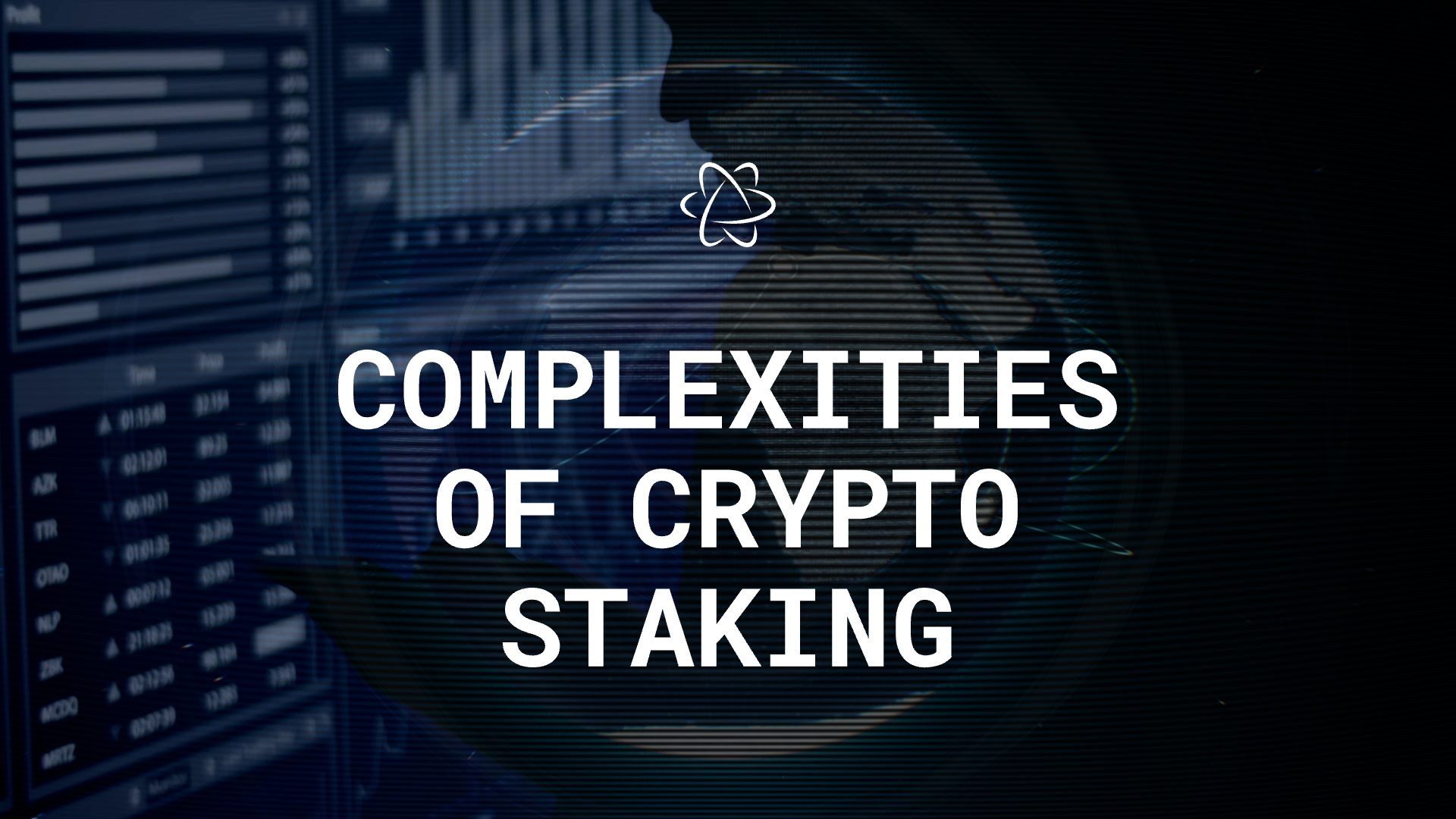Crypto Staking: Navigating the Difficulties of This Lucrative Practise
Dubai, UAE, 2nd May 2024, Crypto staking is becoming more popular among cryptocurrency holders as it provides opportunities to earn passive income while contributing to the security and functionality of blockchain networks and blockchain-related projects. Yet, all potential stakers should remember that staking also comes with its own collection of challenges and dangers.

Exploring Staking
Initially, staking cryptocurrency meant locking one’s tokens into a blockchain network to help it operate and earn rewards in return. As the industry developed, staking became more diverse. Various staking approaches have emerged, enabling potential stakers to choose the one that suits their objectives and requirements.
Among the most noteworthy staking types are pooled, delegated, and liquid staking. Pooled staking involves liquidity pools that many token holders can contribute to, and rewards are shared proportionally among each other. In delegated staking, stakers transfer their staking power to a validator node holder, receiving a portion of their rewards. Liquid staking, a more recent development, allows stakers to use their staked assets through acquired liquid synthetic tokens, thereby enabling them to sustain liquidity while practicing staking.
Challenges
Crypto staking can be a complex process that comes with its own challenges, the foremost being the difficulty of choosing the secure and promising project to stake into. Therefore, having a good understanding of how the DeFi industry works and what processes are the most influential development-wise is imperative for engaging in staking. Learning about blockchains and underlying mechanisms and trends can be challenging for many users, but it is a must for successful trading and creating balanced passive income strategies.
The second challenge is the possible loss of liquidity. Lock-up periods are a standard staking feature that requires stakers to lock their tokens for a specific period, which cannot be changed or ignored. This means their owners cannot access locked tokens even if they are highly needed. This lack of flexibility can be devastating for those who stake too much of their funds and miscalculate the market movements. So, carefully considering the lock-up period requirements and the staking amount before committing is critical.
The third challenge is the inconsistency of staking rewards. The amount of rewards earned can fluctuate based on different factors, including the performance of a network or a node, asset price volatility, inflation rates, etc. Predicting and managing these fluctuations can take a lot of time, effort, and expertise, initially leading to unstable earnings.
Dangers
One of the significant risks associated with staking, namely in Proof-of-Stake networks, is centralization. Centralization may ensue when a small group of validators or liquidity pool contributors acquires a substantial share of the network’s staked assets. Such an event seriously compromises the network’s security and, consequently, the soundness of one’s staked funds.
Another danger is slashing risks that both validators and stakers can be subjected to if they break specific, predefined rules. While honest stakers should not typically worry about the said penalty, knowing all the rules and possible consequences of misconduct is still helpful. For instance, stakers who validate transactions may be fined for going offline for extended periods. Delegating stakers may also be subject to the same penalty risks, motivating them to choose those they delegate their staking powers more carefully.
Finally, stakers may encounter potential regulatory risks caused by the lack of clarity in regulations. For instance, depending on the jurisdiction, staking rewards may have different tax implications, leading to confusion and legal complications. To navigate these complex issues and avoid possible negative consequences, stakers should keep educating themselves on changes happening in the regulatory field worldwide and seek professional guidance if necessary.
Tips for Navigating the Challenges
Before staking, it is important to keep certain things in mind in order to make informed decisions and minimize risks. Firstly, when selecting validators or pools to delegate tokens to, it is critical to conduct thorough research. Seek out reputable projects or operators with a reliable performance and security history. This will help you avoid scams and ensure the safety of your investments.
In addition, stay up-to-date on news and updates from blockchain networks, projects, or pools you stake in. Changes in protocol or network policies can significantly affect staking rewards and create new risks, so keep a close eye on your staking performance and make any necessary adjustments promptly to preserve your income and staked funds.
Furthermore, it is recommended to stake in multiple DeFi projects, combine staking with other methods of generating income, and avoid investing all your funds to mitigate risks even more.
Conclusion
Staking, despite its challenges, is one of the most discussed and preferred methods of earning passive income within the DeFi industry. Although highly profitable in theory, staking is quite risky. To maximize one’s staking experience and safeguard assets, it is critical to stay informed and proactive, educate oneself, and be aware of the risks involved.
Kinetex Network: Website | Kinetex dApp | Blog
Disclaimer: The views, suggestions, and opinions expressed here are the sole responsibility of the experts. No STOCKS MONO journalist was involved in the writing and production of this article.
